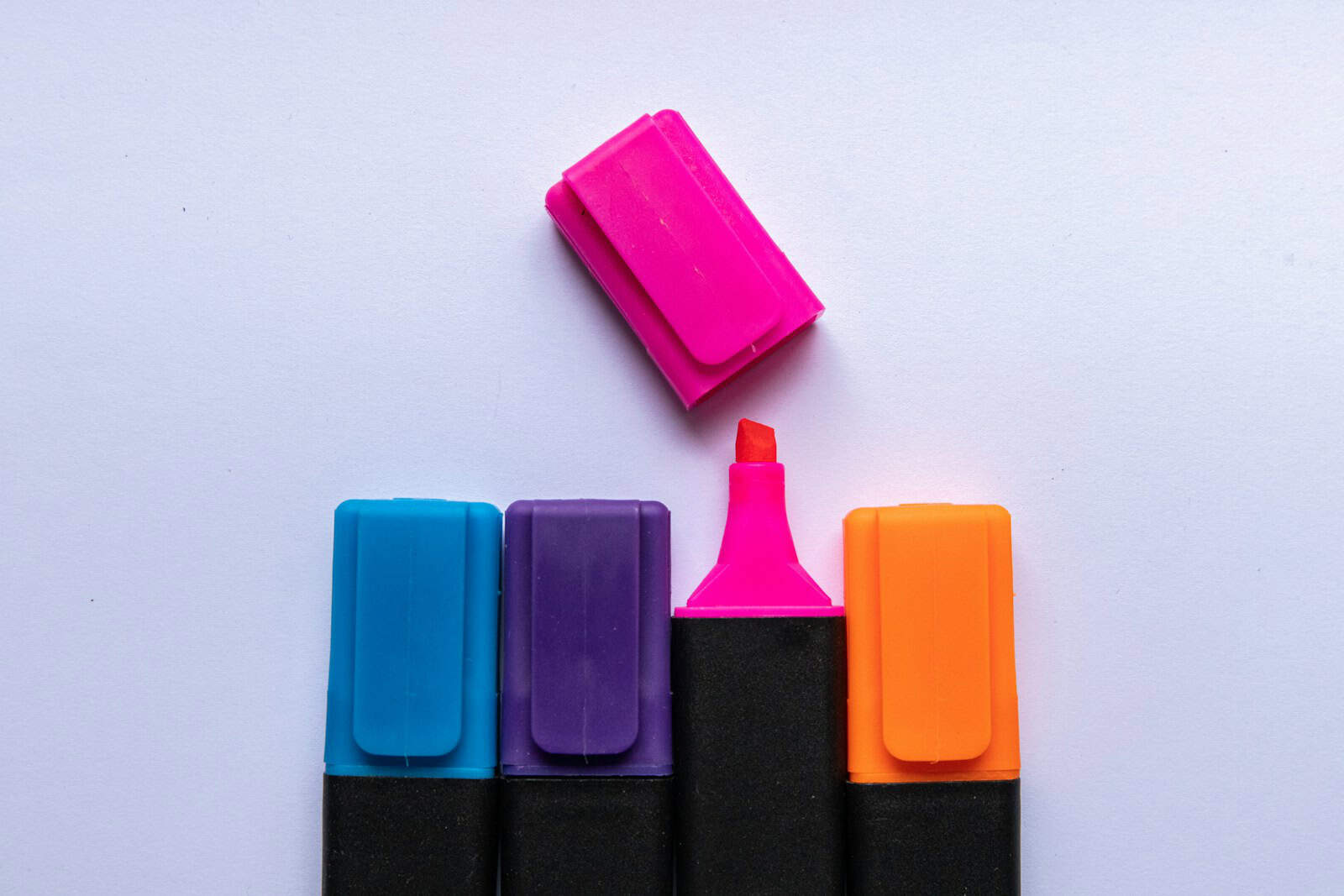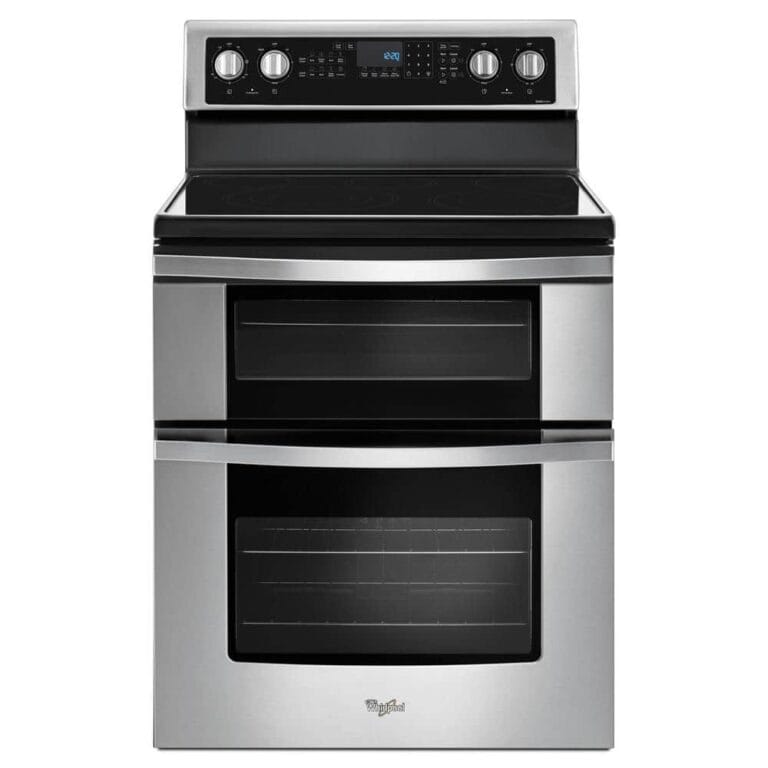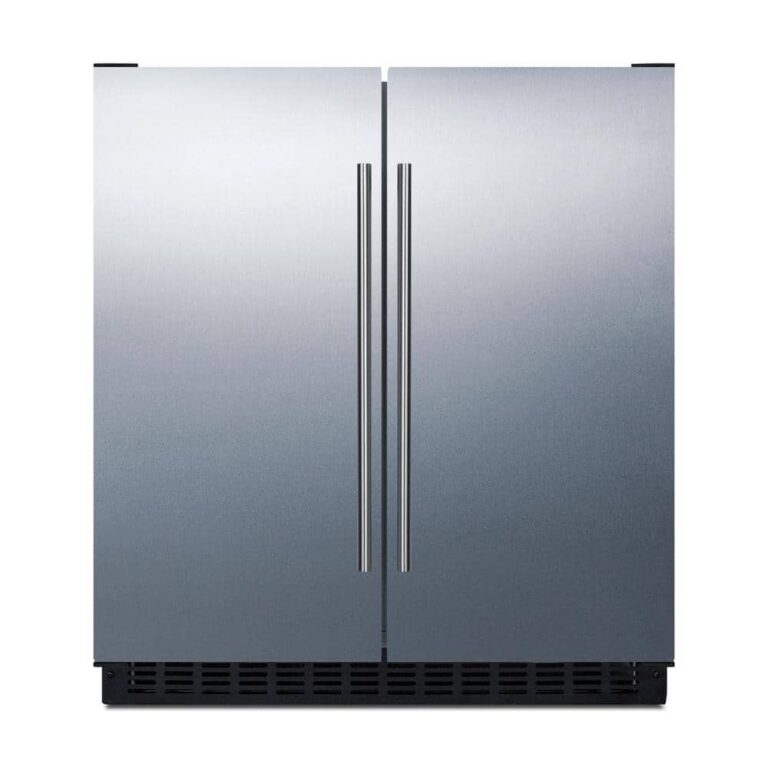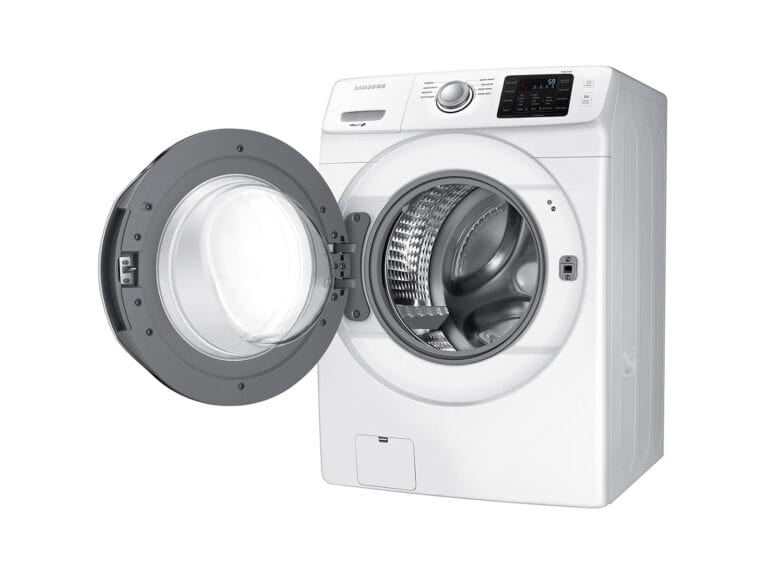
A good highlighter can elevate your note-taking game, helping you absorb information faster, stay organized, and make studying more efficient. But not all highlighters are created equal. Some bleed through paper, some dry out quickly, and others just don’t feel good to use. Whether you’re a student, a professional, or a journaling enthusiast, choosing the right pen can make all the difference.
In 2025, highlighter pens have evolved to include dual tips, eco-friendly ink, erasable formulas, and smoother color application. Below, we break down the best highlighter pens on the market today—based on performance, comfort, ink quality, and unique features.
🔍 What to Look for in a Highlighter
- Ink Type: Water-based inks are less likely to smudge and are more paper-friendly. Gel and fluorescent inks provide bolder visibility but may bleed through thin paper.
- Tip Design: Chisel tips allow you to highlight both broad and narrow lines. Bullet and fine tips are great for precision.
- Color Range: Some prefer bright neon tones; others want soft pastels for minimal eye strain.
- Special Features: Erasability, dual tips, fast-drying ink, and eco-friendliness are all major bonuses.
🏆 Top Highlighter Pens for Note-Taking
| Highlighter Pen | Best For | Tip Type(s) | Special Features | Pros | Cons |
|---|---|---|---|---|---|
| Zebra Justfit Mojini Line | Overall performance | Chisel | Smear-resistant ink on ballpoint & gel ink | Smooth flow, doesn’t bleed, great on thin paper | Limited color range |
| Sharpie S-Note Duo | Versatility | Chisel + Bullet | Dual-ended for coloring & highlighting | Doesn’t bleed, vibrant color options, great for creative work | Slightly bulkier than standard pens |
| Staedtler Triplus Textsurfer | Fast-drying ink | Flexible Bullet | Designed for textbook paper | No bleed-through, great color control, comfortable grip | Limited availability in some regions |
| Zebra Mildliners | Pastel highlighting | Chisel + Fine | Double-ended, soft colors, eco-friendly | Gentle tones, perfect for aesthetic note-takers, recycled materials | May be too subtle for some users |
| Pilot FriXion Erasable | Mistake-proof highlighting | Chisel | Thermo-sensitive erasable ink | Erasable without damage to paper, good for planners | Ink fades with heat exposure |
| Stabilo Boss Original | Long-term durability | Chisel | Long cap-off time, iconic design | Vibrant neons and pastels, high ink capacity | Larger body may be less portable |
🌟 Editor’s Pick: Zebra Justfit Mojini Line
What makes the Mojini Line stand out is its ability to not smear ballpoint or gel ink, a common problem with standard highlighters. It glides smoothly on paper and is ideal for use in notebooks, planners, and printed documents. If you’re tired of ruined notes or blurry underlines, this is the one to try.
✍️ Why Ergonomics and Ink Matter
- Students: Look for fast-drying ink and soft color palettes to reduce eye strain during long study sessions.
- Professionals: Consider dual-tip models for flexibility during presentations, planning, or annotating.
- Bullet Journalers: Mildliners or erasable pens allow for aesthetic layouts without permanent mistakes.
Key Takeaways
- The best highlighter pens balance brightness with non-bleeding ink formulations that won’t damage your written notes.
- Different tip styles (chisel, bullet, or dual-tip) offer various highlighting options for different paper types and purposes.
- Brands like Zebra, Stabilo Boss, and Sharpie consistently rank among the top highlighter choices for students and professionals.
History of Highlighter Pens
Whether you’re color-coding your textbooks, organizing your planner, or highlighting key insights during a meeting, the right highlighter can streamline your workflow and help information stick better. With options like erasable tips, eco-friendly ink, and dual-tip designs, 2025 offers a highlighter for every kind of note-taker.
The modern highlighter pen emerged in the mid-20th century through a series of innovations in writing instrument technology. These brightly colored markers revolutionized how people study, organize information, and emphasize important text.
Evolution of Highlighters
The journey of highlighters began with a key breakthrough in 1910 when Lee Newman created the first felt-tip marking pen, moving away from traditional quills and fountain pens. However, the true predecessor of today’s highlighter was invented in 1962 by Japanese inventor Yukio Horie of the Tokyo Stationery Company, who developed the first felt-tip pen specifically designed for marking text.
The modern highlighter as we know it emerged in 1963 when Dr. Francis J. Honn of Carter’s Ink Company invented it accidentally while attempting to create a new non-permanent marker. This happy accident led to the release of the “Hi-Liter,” the first commercial highlighter pen with its now-iconic fluorescent yellow color.
The 1970s and 1980s saw rapid adoption of highlighters in educational and office settings as their transparent ink allowed text to remain readable underneath the bright colors.
Major Brands and Innovations
Carter’s Ink Company pioneered the market with their Hi-Liter brand, but several competitors quickly entered with their own innovations. Stabilo Boss emerged as a dominant player in Europe with their wide-barreled design that’s still recognizable today.
Zebra Mildliner later revolutionized the market with their unique pastel colors, dual tips, and minimalist design that appealed to students and bullet journal enthusiasts. These pens offered softer highlighting alternatives to the traditional neon colors.
The 1990s brought ergonomic improvements with contoured grips and chisel tips for varied line widths. Recent innovations include:
- Environmentally friendly formulations
- Retractable tips
- Refillable options
- Digital highlighters that scan text
Promotional highlighters became popular marketing tools for businesses in the 1980s, with custom-printed barrels offering affordable and practical advertising that remained on desks for months.
Types of Highlighter Pens
Highlighter pens come in various designs to suit different highlighting needs and preferences. The tip style, color options, and special features all play important roles in choosing the right highlighter for your specific tasks.
Chisel Tip Highlighters
Chisel tip highlighters are the most common type on the market today. Their angled tip allows for both broad strokes when highlighting large sections of text and thin lines when underlining or making precise marks.
The Zebra Justfit Mojini Line is considered one of the best options available because its ink is specially designed to protect written notes. This makes it ideal for use on important documents where ink smearing would be problematic.
Most chisel tip highlighters create lines between 1-4mm wide. The Staedtler Triplus Textsurfer features fast-drying ink and a flexible tip that can produce different line widths within this range.
When using chisel tips, holding the pen at different angles changes the width of your highlight. For broad highlighting, hold it flat against the page. For fine underlining, use the corner of the tip.
Double Ended Highlighters
Double ended highlighters offer versatility with two different tips in one pen. Typically, these markers feature a chisel tip on one end and a fine point or bullet tip on the other.
This dual-function design makes them perfect for students and professionals who need to both highlight broad sections and make precise annotations. The fine point tip works well for adding notes in margins or creating color-coded symbols.
The Sharpie S-Note Creative Markers exemplify this category, combining highlighting and writing capabilities in one tool. These markers provide enough versatility to make strong impressions whether you’re highlighting text or adding creative elements to your notes.
Double ended highlighters are often slightly bulkier than single-tip models but save space in pencil cases by eliminating the need for separate highlighting and writing tools.
Pastel vs. Bright Colors
Highlighter pens traditionally came in fluorescent colors like yellow, pink, and orange. These bright shades stand out dramatically on the page, making them excellent for emphasizing important information.
However, pastel highlighters have gained popularity for their softer appearance. The Monami Essenti Liner Soft Pastel and other options like the Frixion Light Pastel Erasable highlighters offer gentle colors that are less visually jarring.
Pastel highlighters work particularly well in:
- Bullet journals and planners
- Study materials where excessive brightness causes eye strain
- Color-coding systems that require many different shades
Bright highlighters remain the better choice when maximum visibility is needed. Many professionals pair specific highlighter colors with particular pen types for optimal results. For instance, gel ink pens like the Zebra Mark On perform well with highlighters without smudging.
Choosing the Right Highlighter
Selecting the perfect highlighter involves considering ink quality, surface compatibility, and overall durability to ensure optimal performance during study sessions or document organization.
Ink Composition and Quality
Highlighter ink typically comes in two main varieties: water-based and alcohol-based formulations. Water-based ink is gentler on paper and less likely to cause bleeding through pages, making it ideal for textbooks and important documents. Alcohol-based ink dries faster but may be harsher on delicate paper.
The pigmentation intensity matters significantly. A good highlighter should provide consistent color without requiring multiple passes over text. Brands like Zebra and Staedtler offer specially designed “smear guard” technology that prevents smudging when highlighting over different ink types.
Fluorescent pigments are standard in traditional highlighters, but many students and professionals now prefer pastel options for less visual strain during extended study sessions.
Compatibility with Writing Surfaces
Different writing surfaces require specific highlighter types. Standard paper works well with most highlighters, but glossy surfaces need quick-drying formulations to prevent smearing.
For textbooks with thin pages, look for highlighters specifically marketed as “no-bleed” or featuring fine tips that deposit less ink. Zebra Justfit Mojini Line highlighters are particularly effective as they’re designed to keep written notes safe while minimizing bleed-through.
When highlighting over handwritten notes, compatibility becomes crucial. Gel ink pens like the Zebra Mark On work well with highlighters without smearing. For fountain pen users, waiting until ink fully dries before highlighting is essential.
Paper types and recommended highlighters:
- Standard copy paper: Any highlighter
- Thin Bible/textbook pages: Mildliners or other low-bleed options
- Glossy surfaces: Quick-drying alcohol-based highlighters
Durability and Longevity
A quality highlighter should maintain consistent performance from first use until the ink depletes. Look for models with secure caps that prevent drying when not in use.
The physical construction matters too. Highlighters with flexible bullet tips tend to last longer than those with firm chisel tips, as they adapt better to different writing angles and pressure levels.
Consider highlighters with ink windows that allow users to monitor remaining ink levels. This feature helps prevent the frustration of discovering a dried-out highlighter during important study sessions.
For frequent users, refillable highlighters provide both economic and environmental benefits. Some premium brands offer replacement ink cartridges, reducing plastic waste while maintaining the same comfortable grip and performance.
Best Practices for Highlighting
Mastering the art of highlighting can transform ordinary notes into powerful study tools. The right techniques help students and professionals alike retain more information while creating visually organized reference materials.
Effective Note-Taking Strategies
When highlighting text, less is truly more. Limit highlighting to one sentence or phrase per paragraph to identify the most important concepts. Random highlighting without purpose reduces effectiveness and can make review more difficult.
Create a two-step system: first read the entire section to understand context, then go back and highlight key points. This prevents over-highlighting and ensures you capture truly essential information.
Consider using symbols alongside highlighting to add meaning:
- Use asterisks for definitions
- Draw arrows to connect related concepts
- Add exclamation points for important warnings or facts
Many experts recommend the “Question-Evidence-Conclusion” method where each color represents a different element of an argument or concept.
Minimizing Bleeding and Smudging
The type of paper and pen combination matters significantly. For thin textbook pages or Bible paper, opt for dry highlighters or highlighter pencils which won’t bleed through.
Allow ink to dry completely before highlighting over handwritten notes. When using fountain pens, ensure the ink is waterproof before applying liquid highlighters to prevent smudging.
Test highlighters on a corner of the page before full application. Some papers react differently to highlighter chemicals, causing unexpected bleeding.
Keep a tissue nearby to blot excess ink immediately if pooling occurs. This simple step prevents severe bleed-through and keeps pages neat.
For double-sided documents, choose gel highlighters or mildly-tinted highlighters with lower saturation to minimize show-through.
Organizing Content with Colors
Develop a consistent color-coding system that works across all your materials. This might include:
Basic Color System:
| Color | Purpose |
|---|---|
| Yellow | Main ideas and concepts |
| Green | Supporting details |
| Blue | Definitions and terminology |
| Pink | Examples and applications |
| Orange | Important dates or figures |
Limit your palette to 3-5 colors maximum to avoid confusion. Too many colors make notes visually chaotic rather than organized.
Some students benefit from using color temperature as a guide – warm colors (yellow, orange) for primary information and cool colors (blue, green) for supporting details.
Review your color-coded notes regularly to reinforce the connection between colors and information types. This strengthens visual memory and helps with information retrieval during exams.
Creative Uses for Highlighters
Highlighters offer much more than just marking text in books. These vibrant tools can transform ordinary activities into colorful experiences with their unique translucent qualities.
Artistic Applications
Highlighters can create eye-catching art with their vibrant, translucent colors. Artists use them for drawing backgrounds and creating pastel effects in sketchbooks. The luminous quality of highlighter ink produces a glowing effect when layered over pencil or fine-liner drawings.
Many artists use highlighters to:
- Create soft watercolor-like washes
- Add dimension to black and white sketches
- Design rainbow gradients for lettering projects
- Make abstract backgrounds that pop under UV light
Highlighters work especially well for drawing flowers, rainbows, and birds with vibrant plumage. The transparent nature of these pens allows artists to layer colors without completely obscuring what’s underneath.
DIY Projects
Highlighters transform everyday items into personalized creations. Crafters use them on various materials beyond paper for unique effects.
Popular DIY highlighter projects include:
- Custom calendars with color-coded days and highlighted dates
- Decorated gift tags with pastel backgrounds
- **
Care and Maintenance of Highlighters
Proper care of your highlighters can significantly extend their lifespan and maintain optimal performance. The most important step is to always replace the cap tightly after each use to prevent the ink from drying out.
Store highlighters horizontally rather than vertically to ensure the ink distributes evenly throughout the tip. This helps avoid situations where one side of the marker becomes too saturated while the other dries out.
Keep your highlighter pens away from direct sunlight and extreme temperatures, as these conditions can alter the ink’s consistency and color vibrancy.
If your highlighter tip becomes dry, try these remedies:
- Dip the tip briefly in warm water
- Store it tip-down overnight
- Add a drop of rubbing alcohol to revive the ink
Cleaning Highlighter Marks
Accidentally highlighted the wrong text? You can remove highlighter marks from some papers using:
- Lemon juice
- A specialized eraser pen
- A small amount of rubbing alcohol on a cotton swab
For highlighters with pen ink contamination on the tip, continue rubbing the marker on scrap paper until the original highlighter color returns.
Test new highlighters on similar paper before using them on important documents to avoid potential bleed-through. Not all paper types react the same way to highlighter ink.
When highlighting over printed text, allow the original ink to dry completely to prevent smearing. Using smear-resistant pens like Pentel Energel before highlighting can minimize this issue.
Frequently Asked Questions
Highlighter pens come in various types, brands, and features that serve different needs. Here are answers to common questions about choosing the best highlighter pens for specific purposes.
What are the top-rated highlighter pens for academic use?
For academic use, the Zebra Justfit Mojini Line is highly regarded as a top choice. These highlighters are specially designed to keep written notes safe without smudging the text underneath.
Students also frequently recommend Sharpie Accent highlighters for their reliability and consistent performance. These pens offer good ink flow and maintain their brightness even after highlighting extensive textbook sections.
For those who highlight in various textbooks, Zebra Mildliners provide a softer color palette that is easier on the eyes during long study sessions.
Which highlighter brands are preferred by professionals?
Professionals typically prefer Stabilo Boss highlighters for their durability and performance in office environments. These highlighters deliver consistent results even with heavy daily use.
BIC Brite Liner highlighters are another professional favorite for their reliability and affordability in workplace settings. They provide good coverage without bleeding through most standard office papers.
Legal professionals often choose specialized gel highlighters like the Twist and Glide Gel Bible Highlighters because they don’t bleed through thin paper documents.
How do highlighters differ from traditional marker pens?
Highlighters contain translucent ink that allows text underneath to remain readable, unlike marker pens which use opaque ink that covers existing text. This transparency is essential for the primary function of highlighting content.
The tips of highlighters are typically chisel-shaped to create broad, even strokes across text. Traditional markers usually have bullet or fine points designed for writing rather than highlighting.
Highlighter ink is formulated to be less likely to bleed through paper compared to standard markers, making them safer to use on printed documents and books.
What are the best highlighters that won’t bleed through pages?
Gel-based highlighters like the Twist and Glide Gel Bible Highlighters are excellent for thin papers as they don’t bleed through even very delicate pages. These are popular among those who highlight in books with thin pages.
Zebra Mildliners are known for their minimal bleed-through properties while still providing good visibility. Their design makes them suitable for double-sided documents and thinner textbook pages.
Dry highlighters, which function similarly to colored pencils, offer zero bleed-through and are perfect for extremely thin papers like dictionary pages or religious texts.
Are premium highlighters superior to budget-friendly options?
Premium highlighters often offer better ink quality that resists drying out and maintains consistent performance over time. Higher-end options like Zebra and Stabilo typically last longer than budget alternatives.
Budget-friendly options like BIC Brite Liners can still deliver good performance for casual or temporary use. They provide adequate highlighting capabilities at a fraction of the cost of premium brands.
The superior ink formulation in premium highlighters may justify their cost for heavy users, while occasional highlighters might find budget options perfectly adequate for their needs.
Which highlighter colors are recommended for optimal studying efficiency?
Yellow remains the most popular highlighting color as it provides good visibility without overpowering the text. Studies suggest yellow creates the least eye strain while still effectively drawing attention to important information.
Standard colors like pink, green, blue, and orange can be effective for color-coding different types of information in study materials. This approach helps create visual organization systems in notes.
Some research indicates that using multiple colors strategically can improve information retention, with different colors assigned to specific categories of information like definitions, dates, or key concepts.






